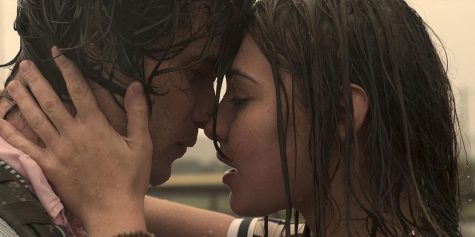
Netflix has a history of providing some of the most bingeable television shows available to stream: “Friends”, “The Office”, “Parks and Recreation”, “Shameless”… As many of the company’s licensing deals expire and shows migrate to up-starts and competitors, Netflix is left with a hole in its content library.
Netflix has made a noticeable pivot towards producing original content, and many of its recent triumphs lie within these “Netflix Originals.” The company is making a name for itself in Hollywood — competing with mainstream producers — through this original content. With shows like “Ozark” and “Stranger Things” and movies like “Marriage Story” and “The Irishman”, Netflix’s content is earning recognition at the Emmys, the Golden Globes, and the Oscars.
The streaming service’s success became increasingly evident during the pandemic. The company reported an additional 26 million new subscribers during the first half of 2020, and original series like the ten-episode first season of “Outer Banks” started trending on social media.
Through social media, “Outer Banks'” teen audience could both discover the series and, in turn, recommend it — creating a chain dramatically increasing the show’s popularity until it became a mainstay on the service’s “Top 10” list.
This recognition was much deserved and not all surprising.
All that it takes to understand the popularity of the YA drama is a quick analysis of the strategy behind its creation. Take the drama and teenage romance of popular CW series like “Riverdale”, add “Ozark’s” mystery and thrill, the adventure of “Goonies” and “Stranger Things”, and set the production in a gorgeous location.
The result? The action-adventure mystery teen drama known as “Outer Banks”. Throw a couple of 20s-something heartthrobs into the mix for good measure, and it’s no mystery that the show saw rapid success amongst a demographic starving for content.
The series follows the conflict between two groups of teens in North Carolina’s Outer Banks: the working-class “Pogues” who struggle to make ends meet, and the wealthy, often conceited “Kooks” who live in luxury.
In the wake of a hurricane, the island becomes a hotbed of panic and disarray as a series of unexpected clues send the characters on a treasure hunt. The Pogues embark on a dangerous journey in hopes of turning their lives around, soon realizing they aren’t the only ones looking to discover a hidden fortune and strike it rich.
This hunt for $400 million in gold causes much of the show’s conflict; the continuous race to find the treasure drives the show’s intensity which skyrockets higher and higher as the storyline progresses.
The continuously increasing pace of each episode combined with its perilous plot points serves as one of the show’s most notable successes. Even viewers who tend to lose interest in the often drawn-out nature of Netflix series will find themselves craving more.
There is rarely a dull moment throughout the season. Just when the drama feels like it has slowed down, a sudden plot twist, an unexpected relationship, a new ingredient for drama is added into the mix, and the pot is stirred once again.
Netflix Originals tend to rope the viewer in through their use of cliffhangers, and although the use of this common suspense strategy can make viewers want to scream at their TV, they are incredibly effective. Eager to see what happens next, viewers find themselves saying “just one more episode.”
This makes the series especially bingeable, and even someone who limits themselves to one or two episodes per day will find themselves glued to their screens, completing the entire ten-part series in a weekend.
The show offers viewers in search of entertainment and a brief escape from the uncertainty of the world around them, a quick fix of action and excitement, and fans of the show longing for more were elated when the cast members took to Instagram to announce that they had begun filming a second season.
While the series serves as a much-needed source of adventure when many live in confinement, it is not without its clichés and cringe-worthy moments. But what shows targeting a teenage audience aren’t?
Between Sarah Cameron’s “damsel in distress” character traits, the cheesy love triangle between Topper, Sarah, and John B., Sarah going as far as saying that she would “rather die” than be without John B. (her boyfriend of probably less than a month) — it is evident that many aspects of the show were far from original. Anyone who Sparknoted their way through “Romeo and Juliet” during freshman English can see it.
The concept of two opposing factions battling for control is the conflict at the heart of Outer Banks’ storyline, and viewers have likely seen it before — Montagues and the Capulets, the haves and have nots, the Sharks and the Jets, the plastics and the rest of the school…
Though much of the series’ conflict occurs between the Kooks and the Pogues, this distinct separation functions mainly as a device to separate the primary couple of the series: Sarah Cameron and John B. This is where the cheesy romance comes into play.
Of course, the Pogues’ ringleader — John B — falls for Sarah, the “Kook Princess.” A whirlwind romance clearly inspired by Shakespeare that can be seen in any other over-dramatized love story.
Despite the nature of the pair’s on-screen romance causing viewers to suffer from second-hand embarrassment, fans of the series are obsessed with John B (Chase Stokes) and Sarah Cameron (Madelyn Cline). The two, now dating in real life, gained millions of Instagram followers shortly after the show began to dominate the Netflix Top 10.
The cast is rounded out with up-and-comers Rudy Pankow, Madison Bailey, and Johnathan Daviss. These “teen” characters, whose real ages range from 20-27 years old, were clearly cast for being fit and beautiful, and Netflix’s decision in casting these individuals sets an unrealistic standard for what 16 year-olds should look like, especially when many young viewers fail to realize that these actors and actresses are not teens at all. Vanity Fair referred to the series as “Shirtless Teens Try to Solve a Mystery,” as the characters’ appearances have seemingly played a considerable role in drawing in the show’s intended audience.
Although it is pretty clear that Netflix’s casting decisions were mostly superficial, the use of adult actors and actresses playing significantly younger characters is common in the entertainment industry – going beyond just Netflix. This does not justify why the multi-billion dollar company could not find real-life teens to play these roles, but Netflix’s casting decisions were effective in attracting viewers, which was likely their primary goal.
Despite its inevitable flaws, “Outer Banks” serves as a substitute for the lack of excitement that many have fallen victim during the pandemic. Although the downward spiral of 2020 seems endless, the series indirectly reminds the viewer of better days, which does not make them nostalgic, but rather reminds them of the limitless opportunities that could be just around the corner. For now, viewers can turn to “Outer Banks” for a source of serotonin until they can resume pursuing their own adventures.

![Community honors longtime coach Mr. Bryan Thomas before Oct. 3 game [photo gallery]](https://nchsinkspot.com/wp-content/uploads/2025/10/Thomas-6-1200x1200.jpg)

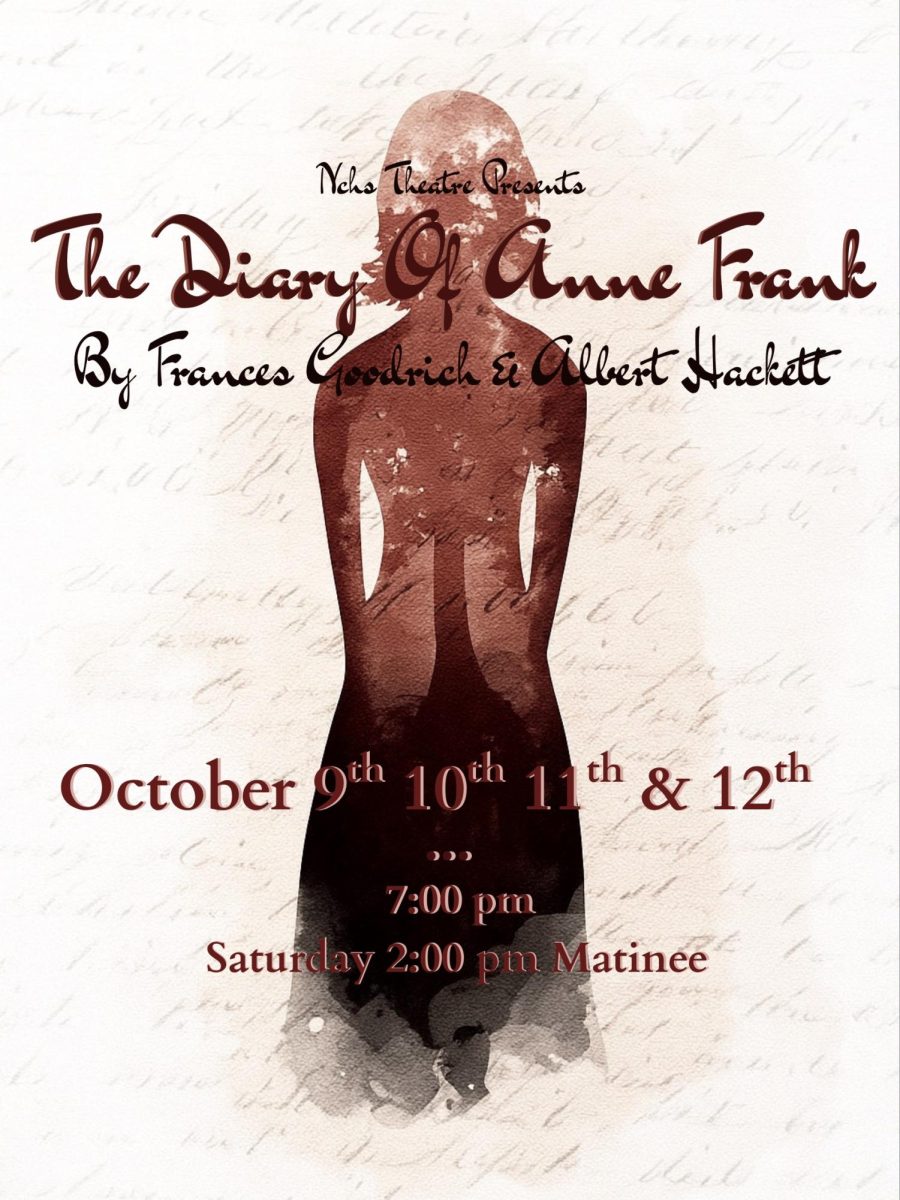

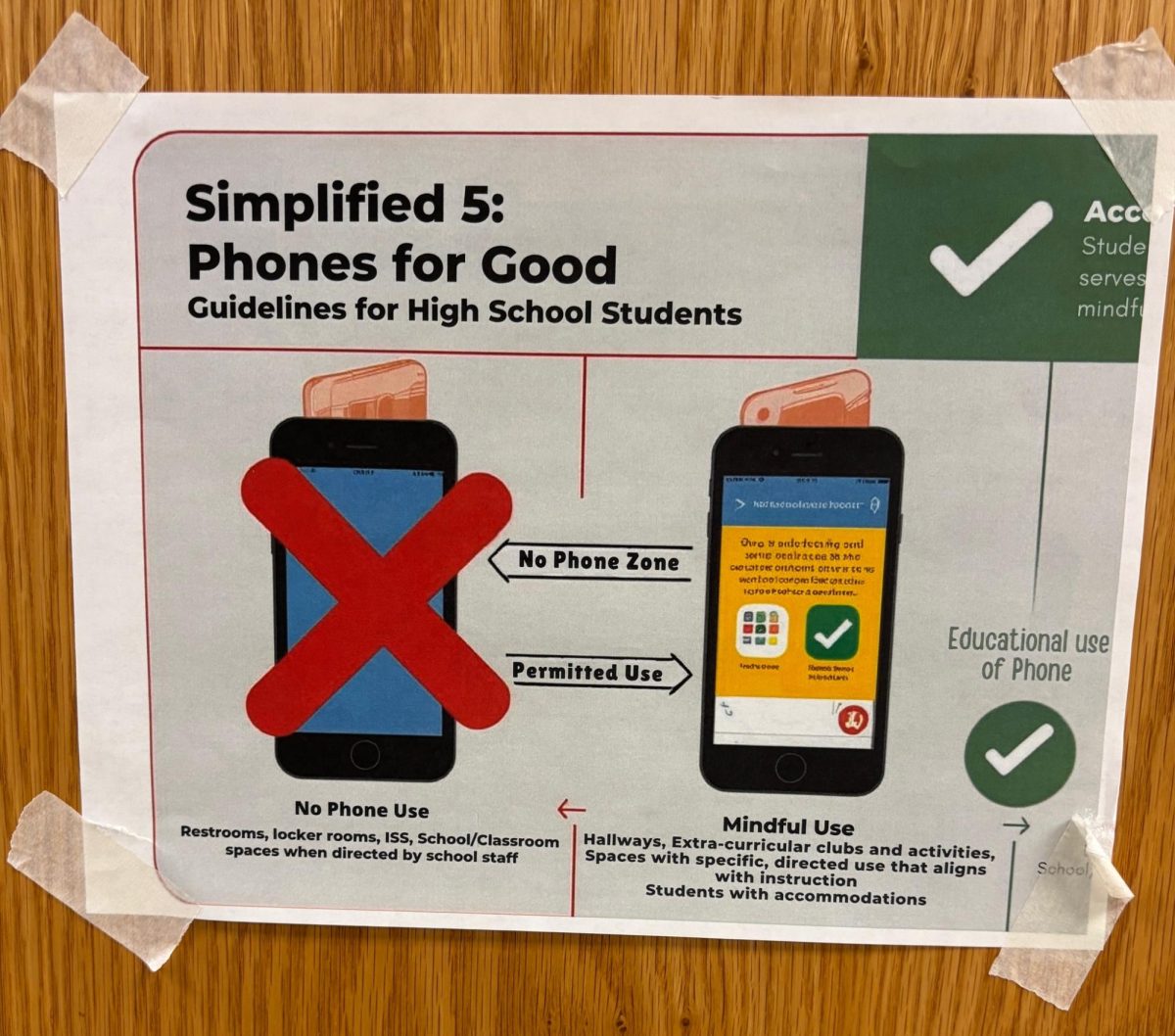



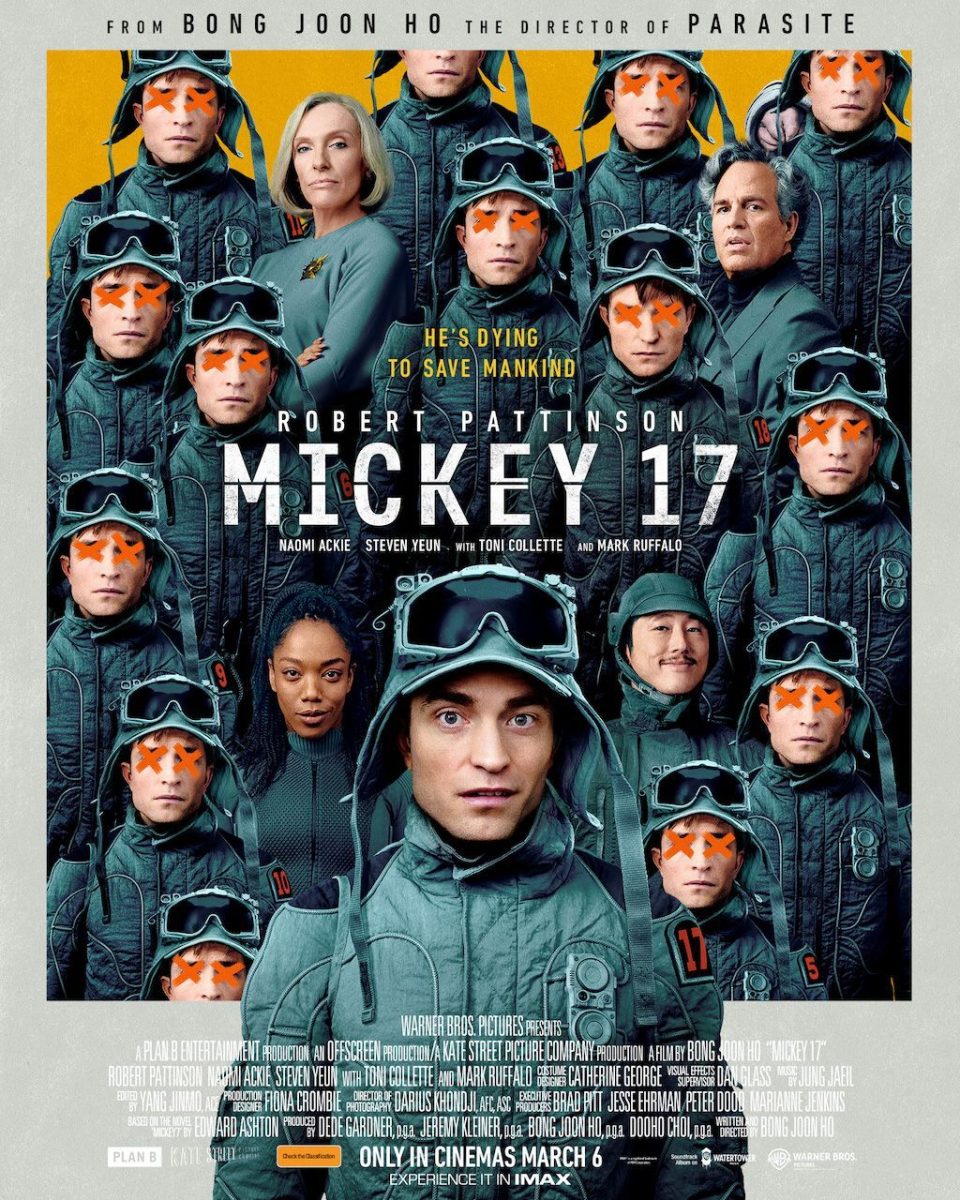
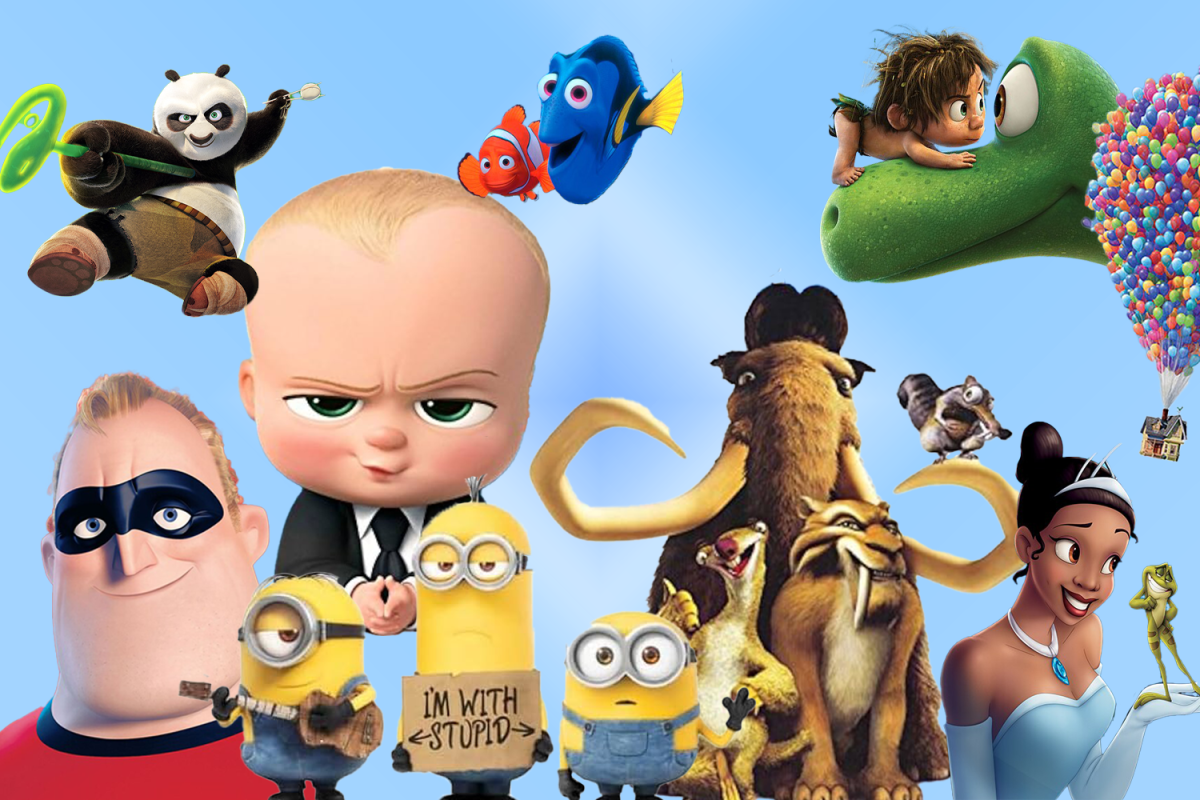

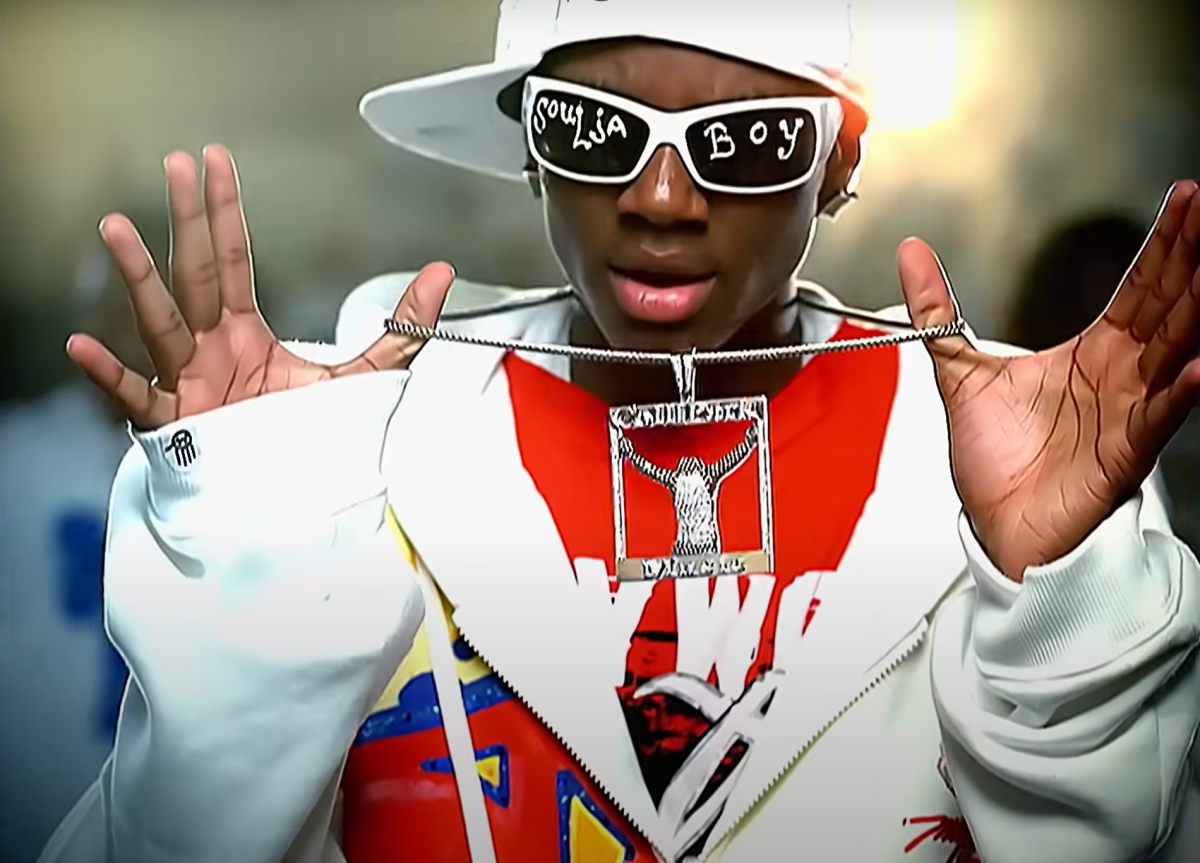
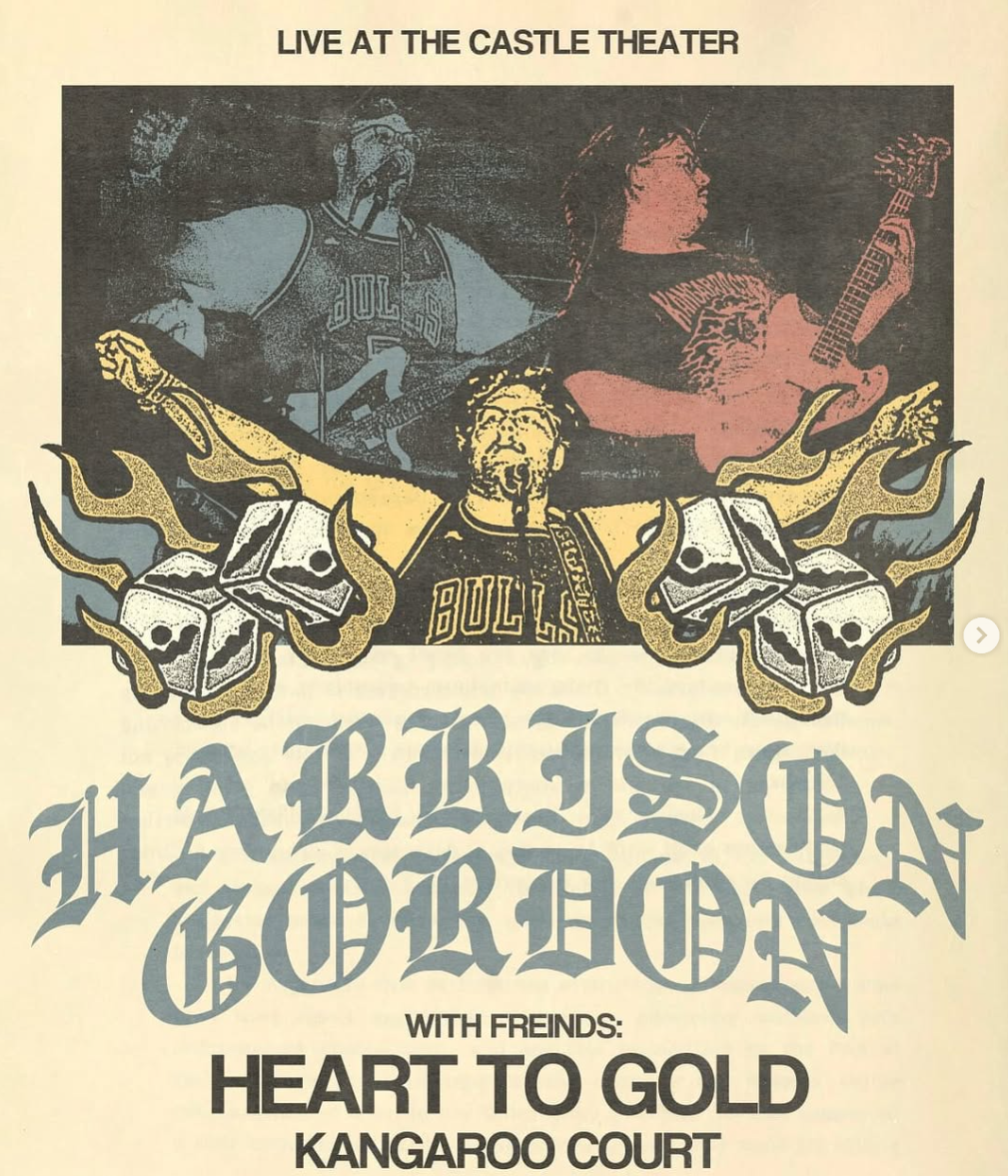
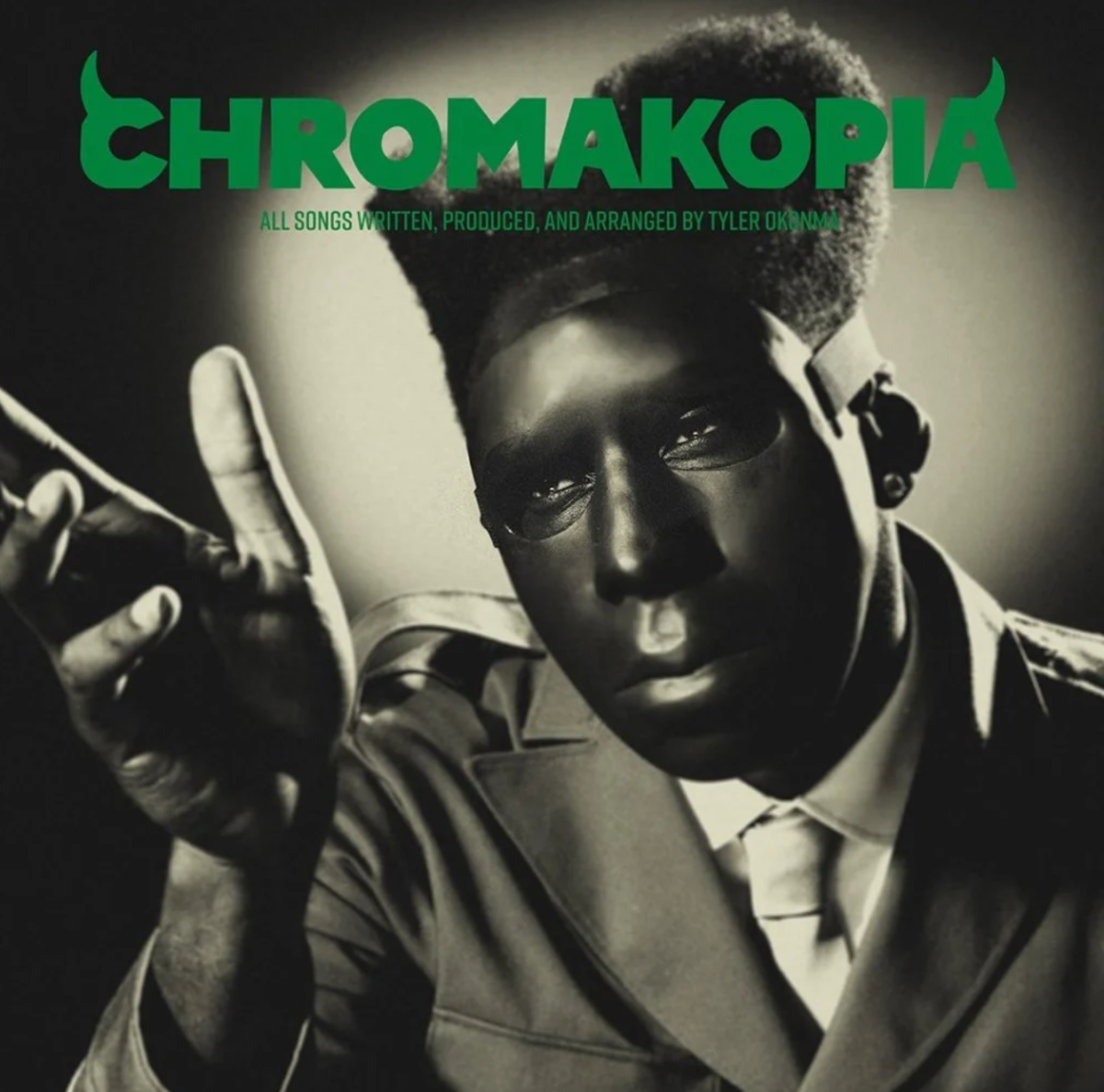
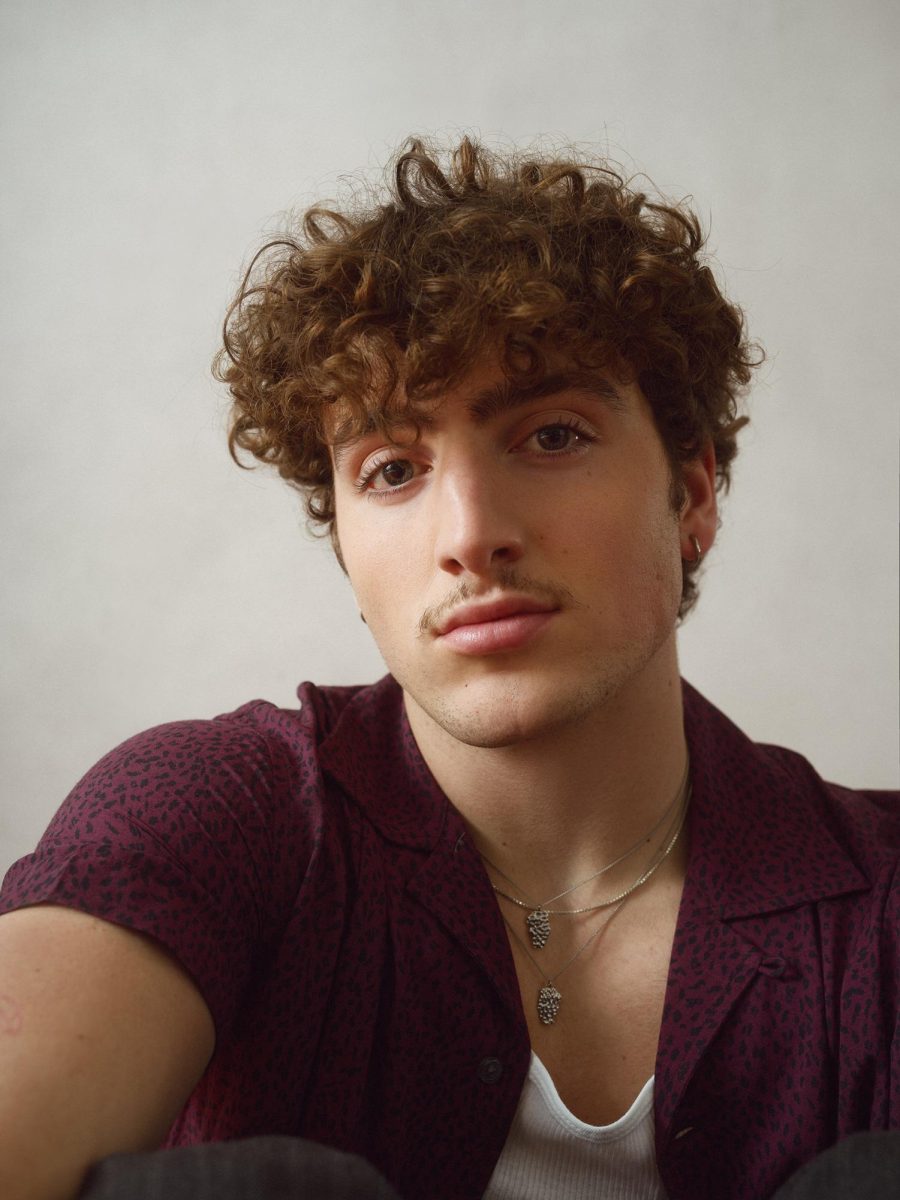

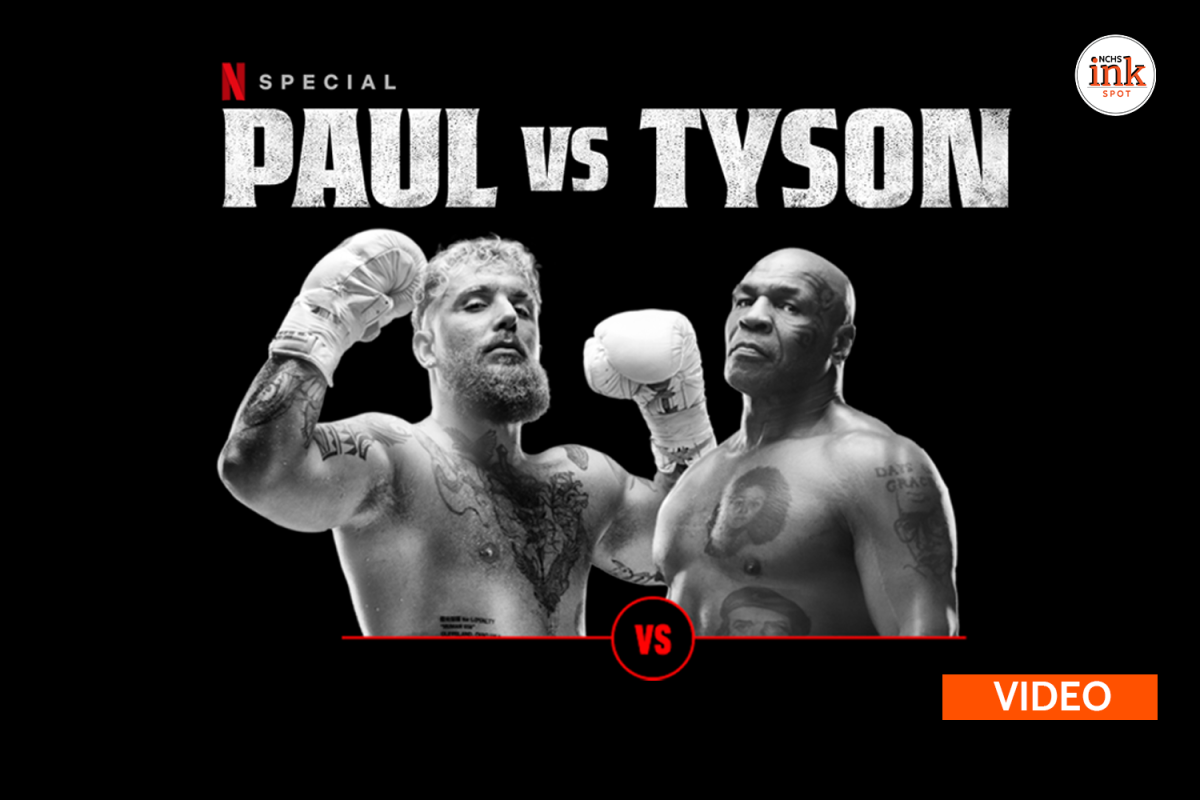




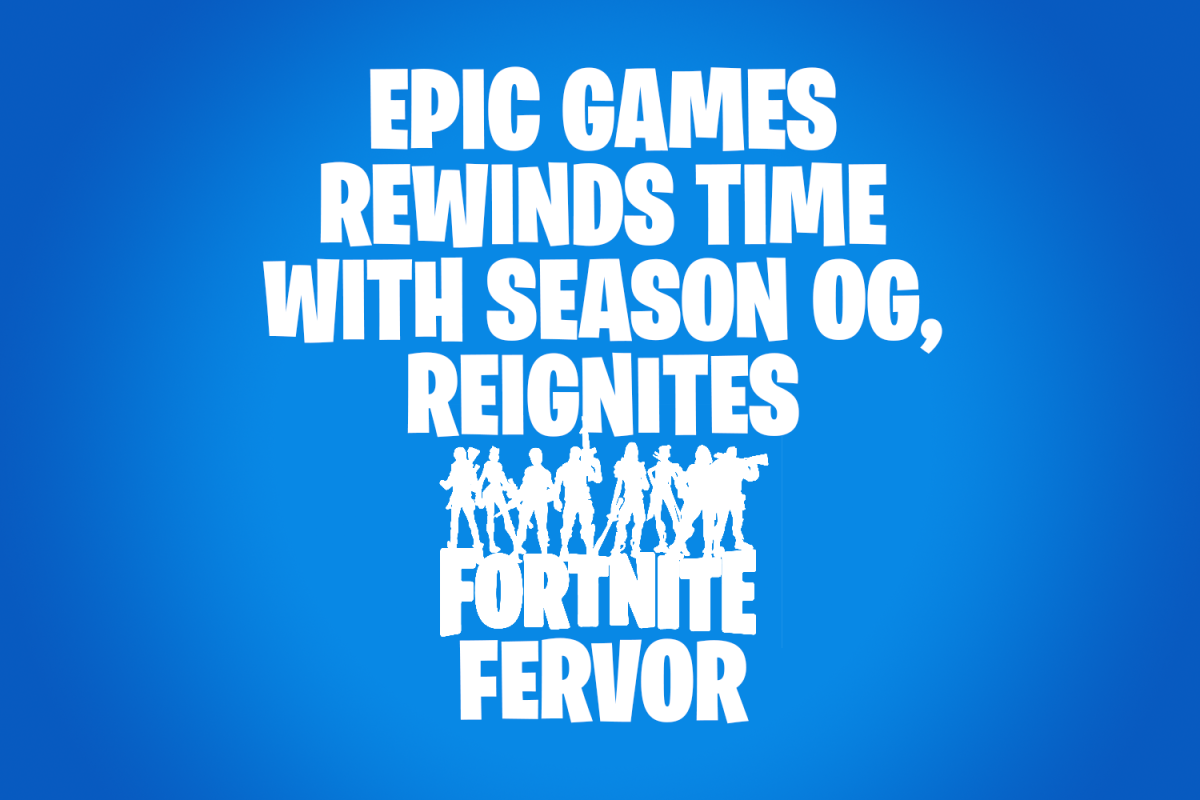
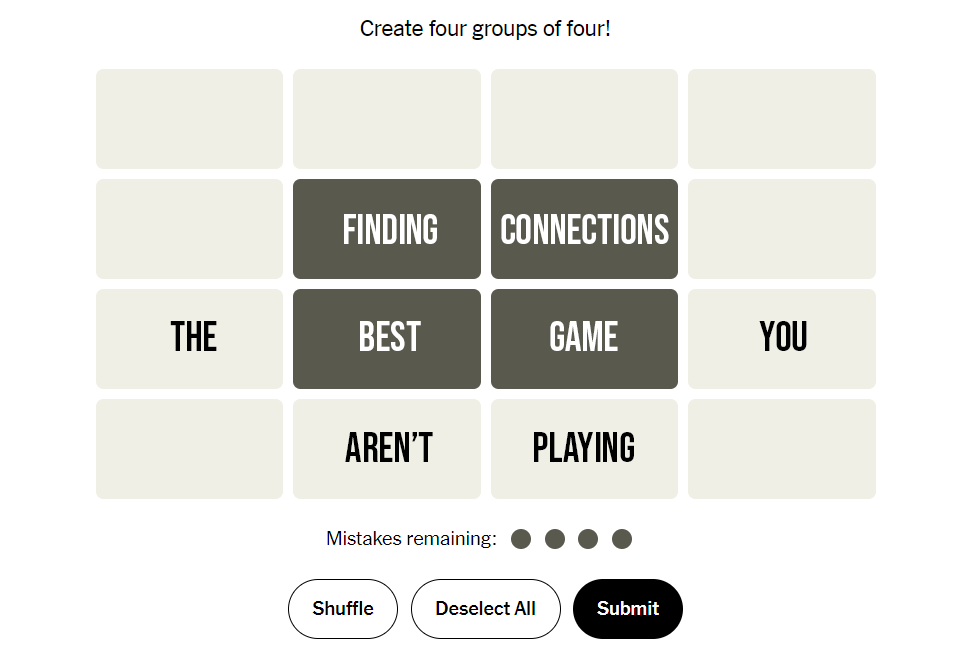



![Week 7: Coach Drengwitz recaps the Ironmen’s win over Bloomington, talks Danville [video]](https://nchsinkspot.com/wp-content/uploads/2025/10/Vikings-feature-Image-1200x675.png)

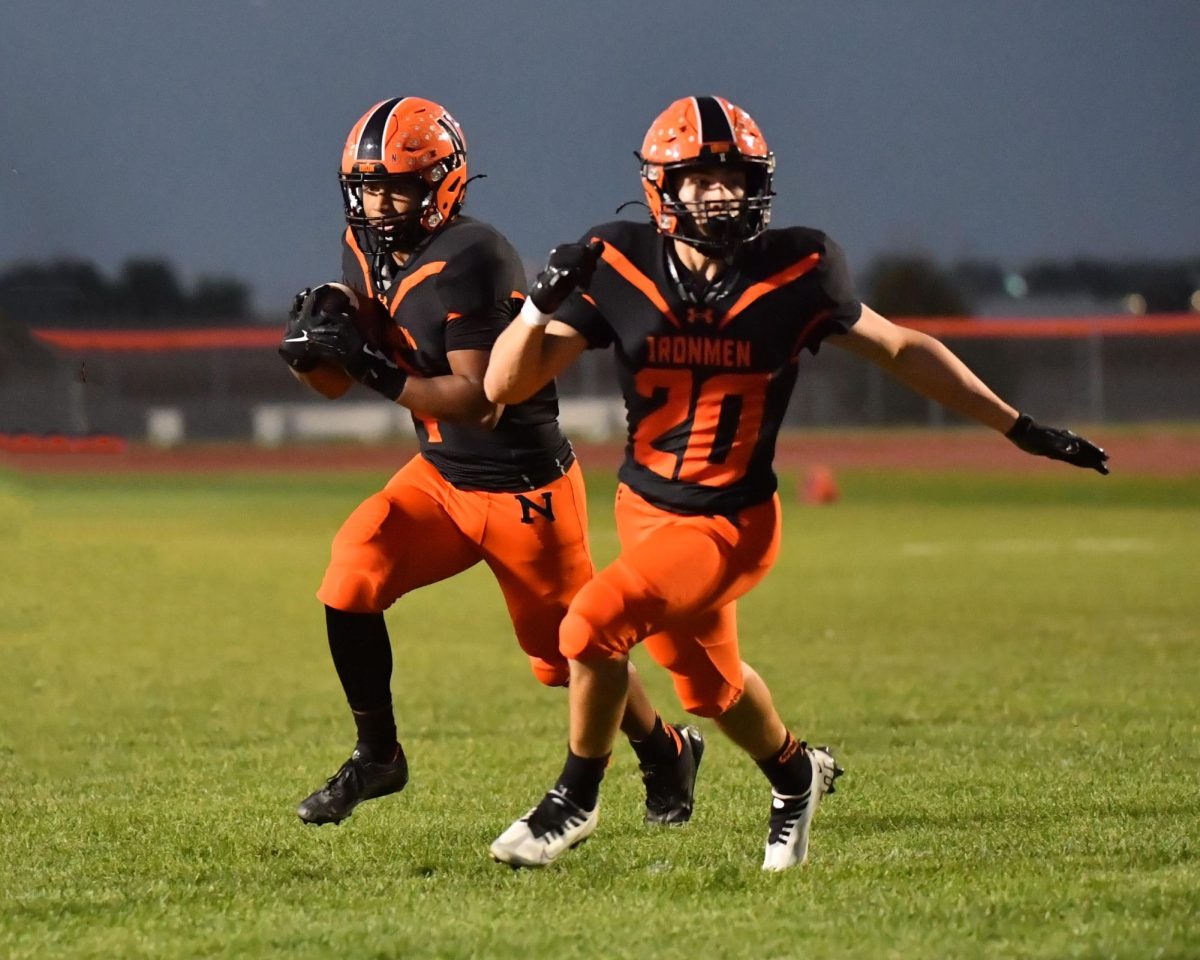

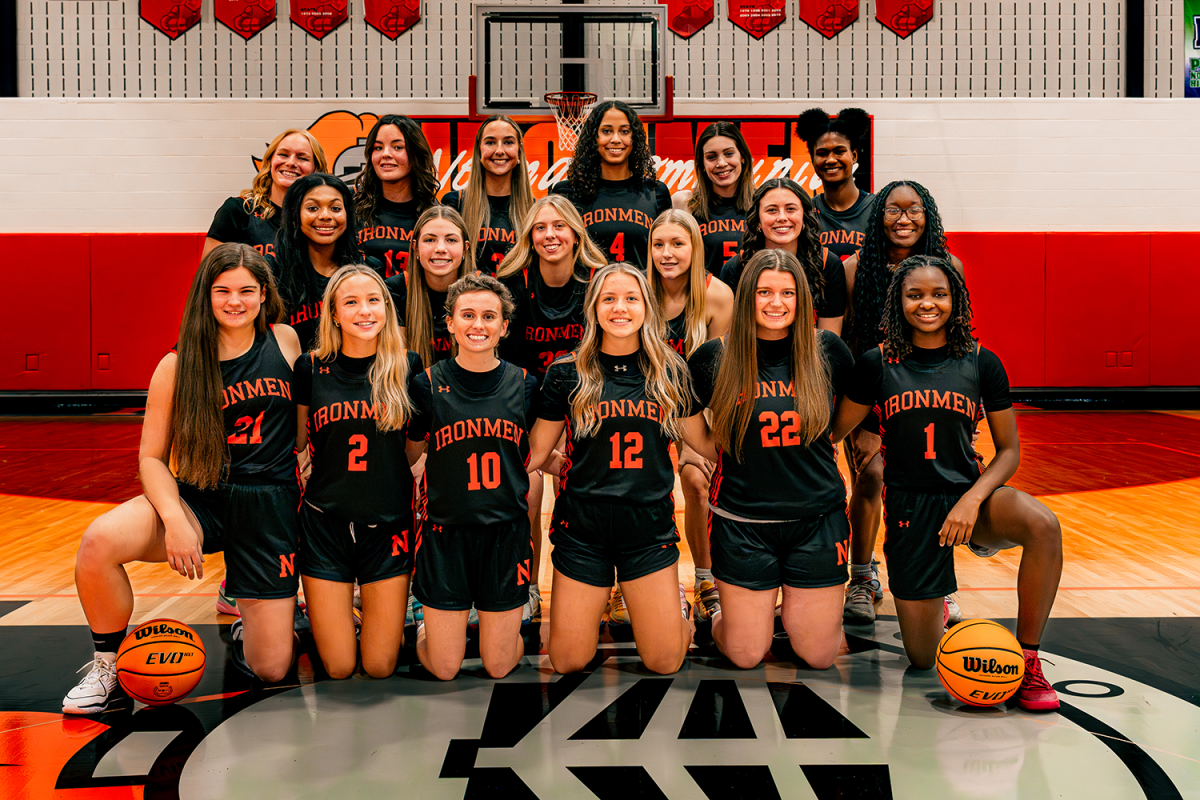









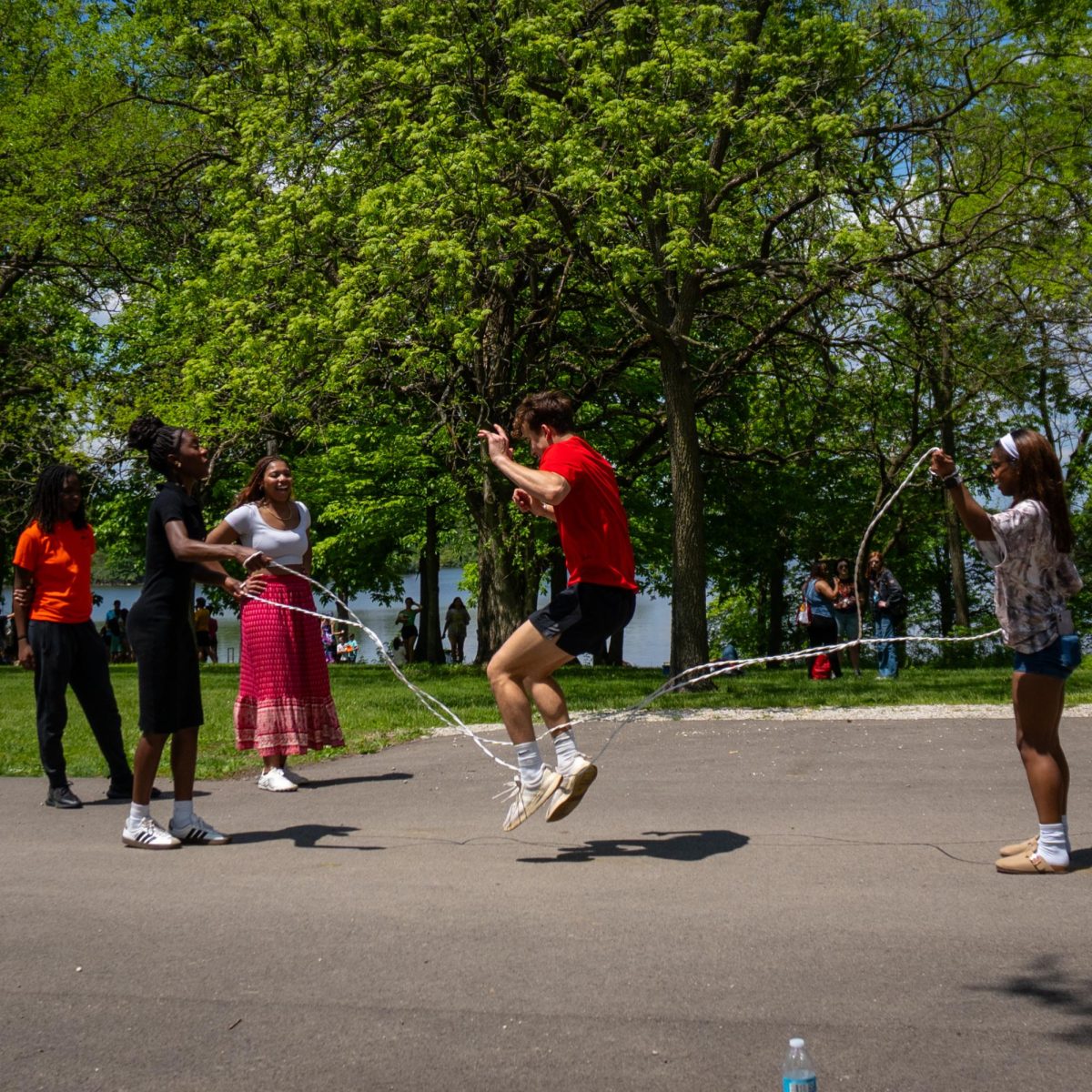




![Halloween candy cross section quiz [quiz]](https://nchsinkspot.com/wp-content/uploads/2022/10/Candy-cover-big-900x675.png)
![Average Jonah? [quiz]](https://nchsinkspot.com/wp-content/uploads/2022/05/average-jonah-900x600.png)

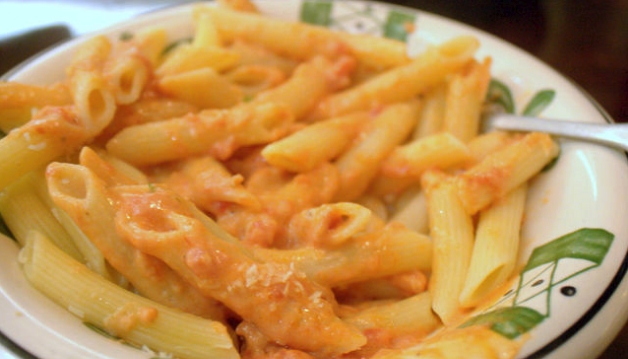
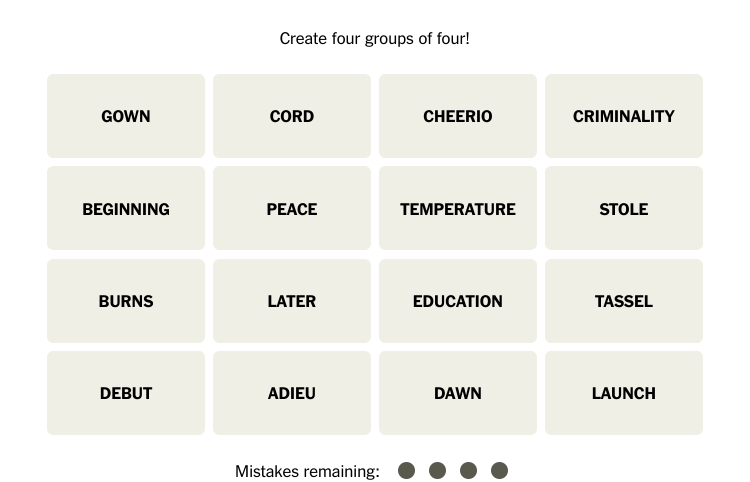
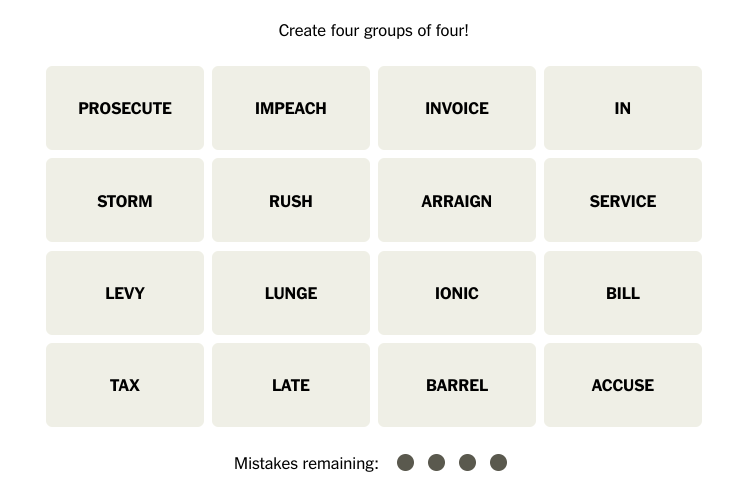
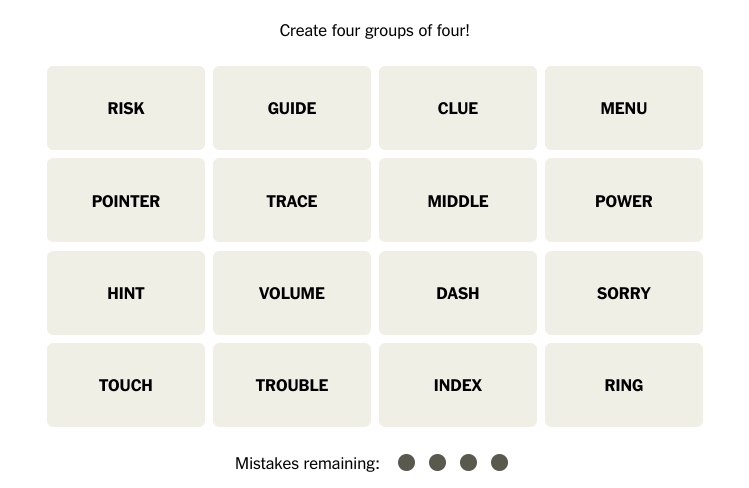
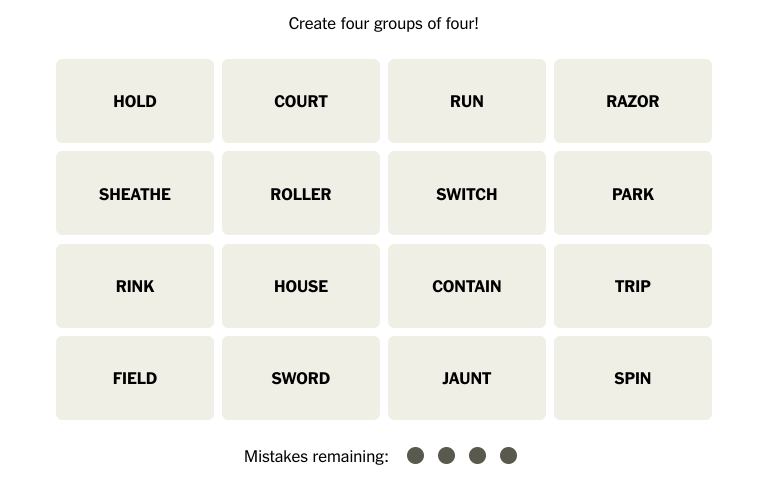

![[Photo Illustration]](https://nchsinkspot.com/wp-content/uploads/2025/09/trigger-words.png)

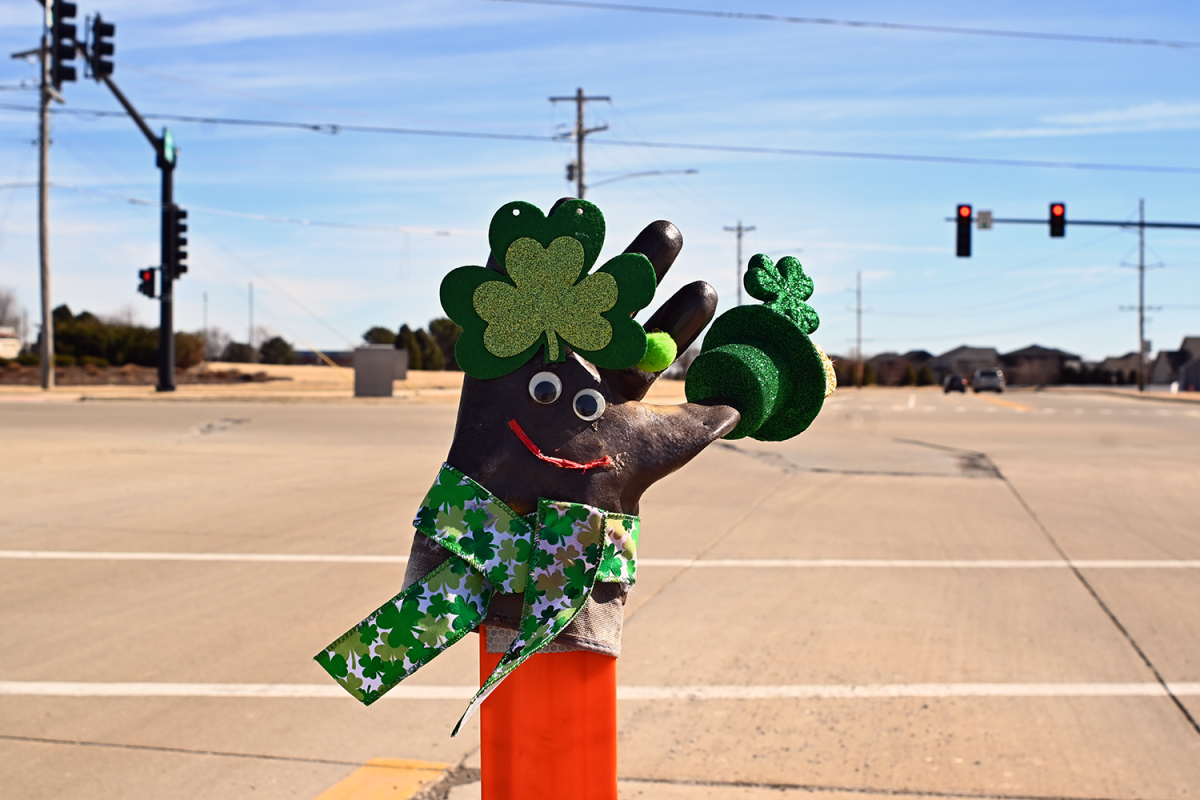






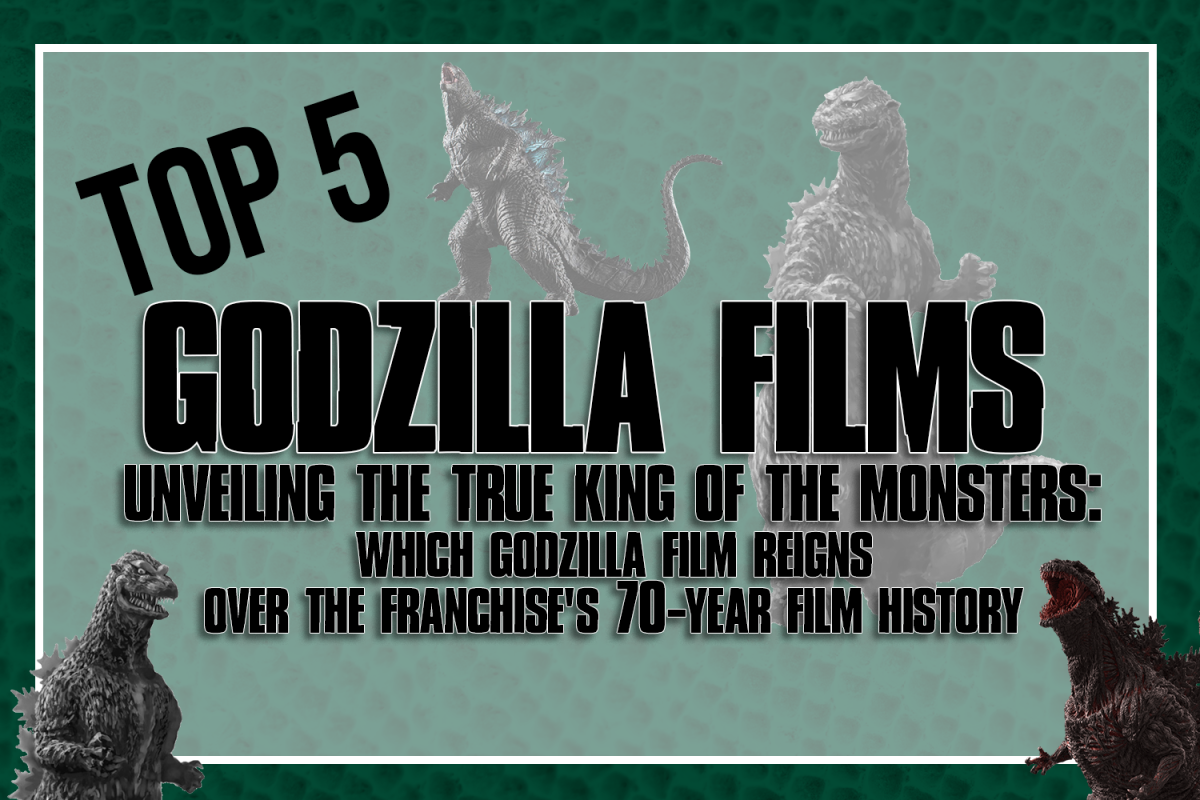

![Week 5: Coach Drengwitz previews the Ironmen’s matchup vs. Peoria Manual, recaps Week 4 [video]](https://nchsinkspot.com/wp-content/uploads/2025/09/Week-5-v-Rams-1200x675.png)
![Postgame reaction: Coach Drengwitz on Community’s 28-17 Loss to Kankakee [video]](https://nchsinkspot.com/wp-content/uploads/2025/09/Week-4-postgame--1200x675.png)

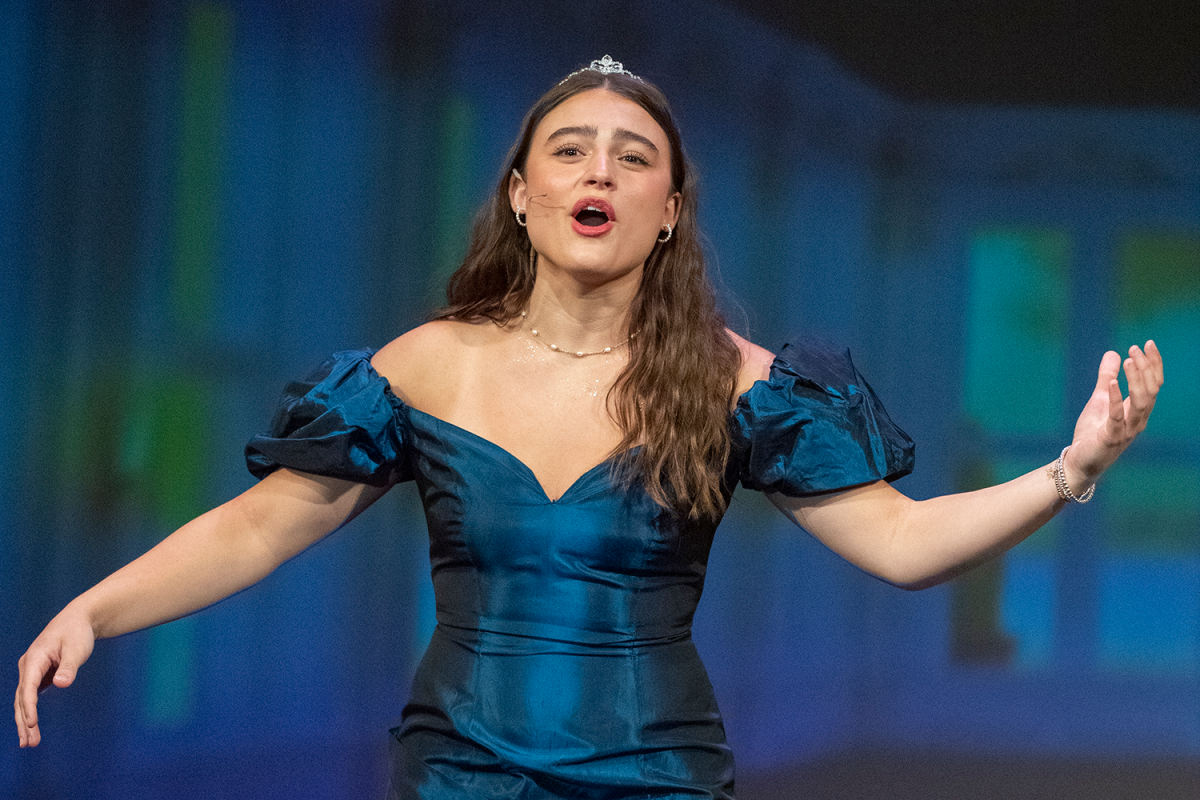



![Week 4: Coach Drengwitz previews the Ironmen’s matchup vs. Kankakee [video]](https://nchsinkspot.com/wp-content/uploads/2025/09/Ironmen-v-Kankakee-video-1200x1200.png)
![On the Spot: This or That – Halloween [video]](https://nchsinkspot.com/wp-content/uploads/2024/10/tot-Halloween-YT-1200x675.png)
![On the Spot: This or That – Fall favorites [video]](https://nchsinkspot.com/wp-content/uploads/2024/10/ots-fall-web-1200x800.png)
![On the Spot – Teachers tested on 2023’s hottest words [video]](https://nchsinkspot.com/wp-content/uploads/2024/01/On-the-Spot-Teachers-tested-1200x675.png)








